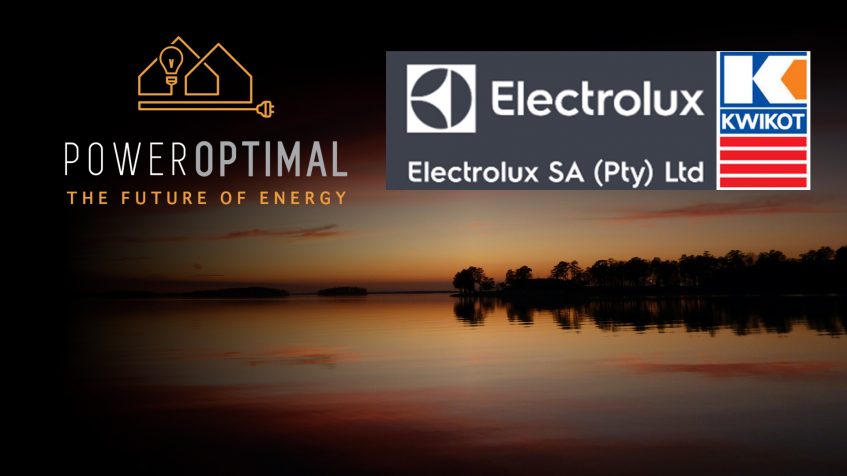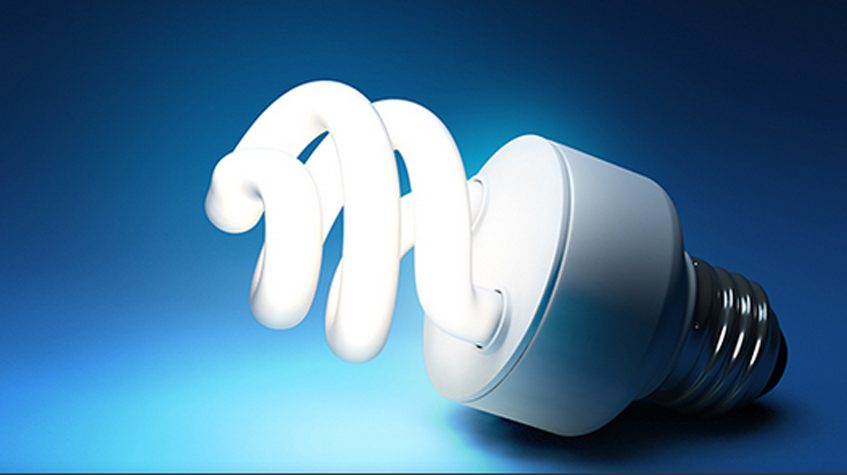Press Release, Johannesburg, South Africa, May 26, 2020. See also Engineering News, Stuff Magazine and Intelligent CIO.
 PowerOptimal, a leader in innovative sustainable energy and demand management solutions, has announced that it has partnered with the South African subsidiary of Swedish global appliance giant Electrolux, to bring cost-effective, sustainable solar photovoltaic (PV) water heating solutions to the South African market.
PowerOptimal, a leader in innovative sustainable energy and demand management solutions, has announced that it has partnered with the South African subsidiary of Swedish global appliance giant Electrolux, to bring cost-effective, sustainable solar photovoltaic (PV) water heating solutions to the South African market.
 This exclusive partnership will see the PowerOptimal’s Elon solar PV water heating technology sold alongside Electrolux’s leading Kwikot Superline electric water heaters (geysers). With deployment of the PowerOptimal Elon range, a customer can add solar capability to most standard electric geysers, without the need for an inverter or battery. It is the most straightforward and most convenient means to take advantage of solar and traditional power in an existing solution.
This exclusive partnership will see the PowerOptimal’s Elon solar PV water heating technology sold alongside Electrolux’s leading Kwikot Superline electric water heaters (geysers). With deployment of the PowerOptimal Elon range, a customer can add solar capability to most standard electric geysers, without the need for an inverter or battery. It is the most straightforward and most convenient means to take advantage of solar and traditional power in an existing solution.
“We are very pleased to announce our partnership with PowerOptimal. The company’s sustainable energy solutions align perfectly with our global commitment to sustainability, which is to shape living for the better”, states Mark Moyce, National Sales & Marketing Director at Electrolux South Africa. “By including the Elon into our range of water heating solutions, we are offering developers, builders and all users of geysers a means to take advantage of the abundant solar resource we have in this country at a fraction of the cost.”
According to both parties the partnership makes perfect sense, as the organisations are an excellent cultural fit, the technologies integrate seamlessly, and the technical excellence from both are providing a superior technology solution designed to support and grow mass adoption of sustainable energy.
 The innovative PowerOptimal Elon range enables direct connection of solar PV panels to standard electric geysers. It requires no inverter and no batteries, is cost-effective, offers a long lifespan and requires almost no maintenance, making it one of the lowest cost per unit of energy (kWh) solutions for water heating available on the market today.
The innovative PowerOptimal Elon range enables direct connection of solar PV panels to standard electric geysers. It requires no inverter and no batteries, is cost-effective, offers a long lifespan and requires almost no maintenance, making it one of the lowest cost per unit of energy (kWh) solutions for water heating available on the market today.
“We are honoured to partner with Electrolux. The company’s market coverage, quality standards, and market-leading customer service make them the perfect partner for our Elon solution,” states Richard Fearon, CEO at PowerOptimal. “Through this exclusive partnership, all PowerOptimal water heating solutions will be recommended and exclusively sold by Electrolux in South Africa. Together we are looking forward to leveraging the technical capabilities of both companies to bring sustainable energy to a larger market of people, previously inhibited by the sheer cost of solar PV technology.”
PowerOptimal’s Elon range solution can run entirely off the grid, or with grid AC power as backup. In addition, it can be used by property developers for conformance to SANS 10400-XA’s Regulation XA2, which requires that at least 50% of the annual water heating requirement for all new buildings shall be from a source other than grid electricity.
###
About PowerOptimal
PowerOptimal designs, develops and builds sustainable energy solutions that redefine the future of energy. Headquartered in South Africa and founded in 2014, PowerOptimal’s team draws from their collective engineering and commercial expertise to enable global organisations and consumers to reduce energy cost whilst achieving the sustainability goal of net zero carbon. The company’s innovative and patented energy demand management and solar photovoltaic water heating systems are designed to reduce consumption, demand and cost by leveraging the abundant solar resource.


